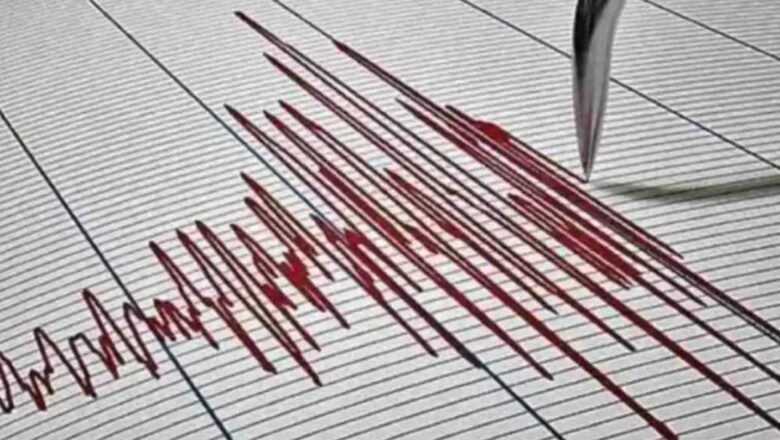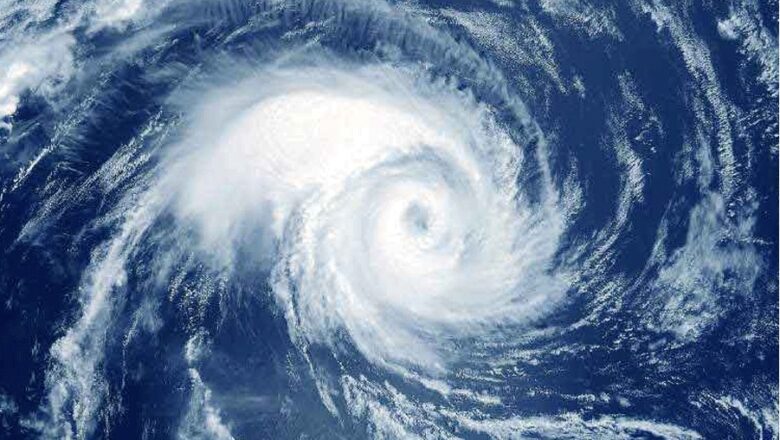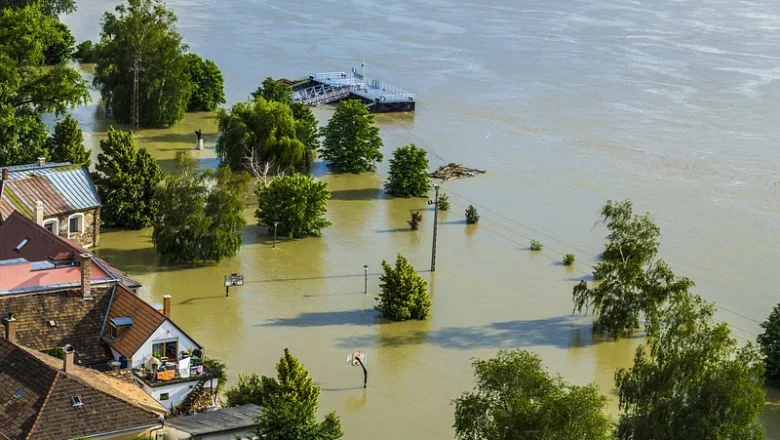
Study Warns of Unexpectedly Strong Shaking from Moderate Earthquakes in Mexico City
A new study has revealed that moderate earthquakes in Mexico City could cause significant damage to buildings, depending on the region’s underlying geology. The findings, published in the Bulletin of the Seismological Society of America by Miguel Jaimes and Gerardo Suárez of Universidad Nacional Autónoma de México, highlight the risks posed by local seismic activity beyond the well-known large subduction earthquakes.
Mexico City has recently experienced swarms of small, shallow earthquakes, particularly in 2019 and 2023, which generated unexpectedly strong ground shaking. These events prompted researchers to investigate how shaking from a moderate earthquake with a magnitude up to 5.5 might impact buildings across different parts of the city.
Geology MattersDamage Varies by Region
...







